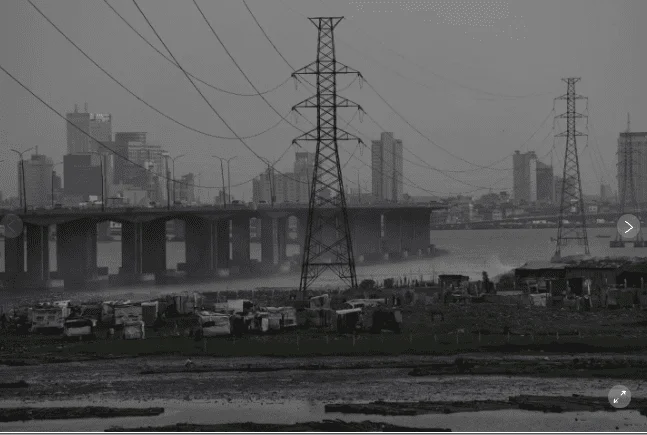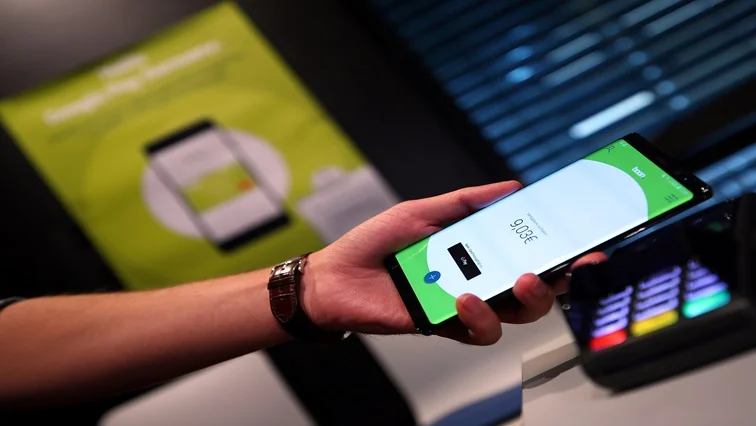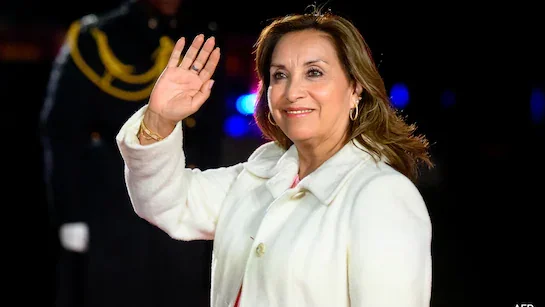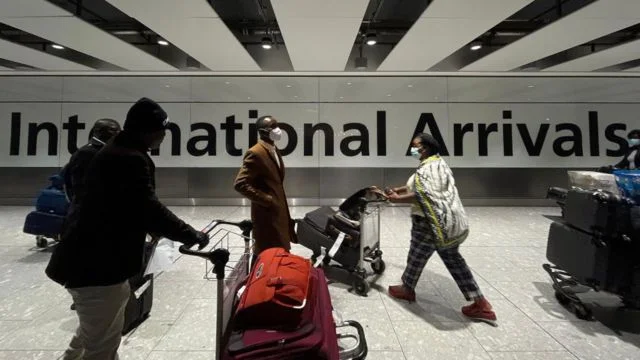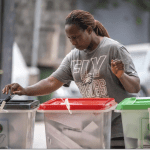Electricity supply remains a significant challenge across Africa, affecting millions and hampering economic growth. Countries like Zimbabwe and Nigeria face severe power shortages that disrupt daily life and business operations.
In Zimbabwe, frequent electricity outages have forced many to work at night, as daytime power is scarce. The Kariba Dam, which provides most of the country’s electricity, has seen reduced output due to low water levels from prolonged droughts. As a result, the state-managed dam can only produce a fraction of its capacity, leading to ongoing power shortages.
Nigeria, the most populous country in Africa, suffers from an inadequate power supply that generates only about 4,000 megawatts, despite needing approximately 30,000 megawatts for its over 210 million people. Corruption and mismanagement in the energy sector have stymied improvements, and businesses lose an estimated $29 billion annually due to unreliable electricity.
In South Africa, the energy crisis has led to rolling blackouts of up to ten hours a day, severely impacting the economy. The country’s reliance on coal for energy, which accounts for about 80% of its power generation, poses environmental challenges. Nonetheless, there are efforts underway for a transition to renewable energy sources, supported by international funding.
Despite these challenges, there are opportunities for growth in renewable energy sectors, such as solar and wind power, which are becoming increasingly crucial for improving electricity access across the continent. The International Energy Agency reports that about 600 million people in sub-Saharan Africa still lack access to electricity, emphasizing the urgent need for investment and infrastructure development to achieve universal electrification.
Africa’s electricity crisis is multifaceted, rooted in historical infrastructure issues and compounded by current economic and environmental challenges. Many regions still rely on outdated systems designed during colonial times, which primarily served a small segment of the population. This historical context contributes to the ongoing struggle for equitable electricity access, particularly in rural areas where power is often nonexistent.
Investment in the energy sector is crucial. According to World Bank estimates, nearly $20 billion is needed annually to achieve universal electrification in sub-Saharan Africa, with a significant portion required to stabilize and enhance the existing grid. Efforts are underway to transition to renewable energy sources, with initiatives such as the “Just Energy Transition,” which aims to provide financial support for countries to shift from coal to cleaner energy options .
Despite these efforts, skepticism remains. Critics argue that countries like South Africa should utilize all available energy sources, including coal and natural gas, to meet immediate power demands while developing long-term renewable solutions. The urgent need for reliable electricity is evident in daily life; businesses face substantial losses due to power outages, which disrupt operations and lead to financial strain .
As discussions about energy policy continue, there is hope that investment in renewable energy infrastructure can transform the continent’s energy landscape. By focusing on sustainable solutions, African nations can work towards improving electricity access, enhancing economic growth, and ensuring a better quality of life for millions.
For more insights into Africa’s energy challenges and potential solutions, you can explore detailed reports from the World Bank and the International Energy Agency.

